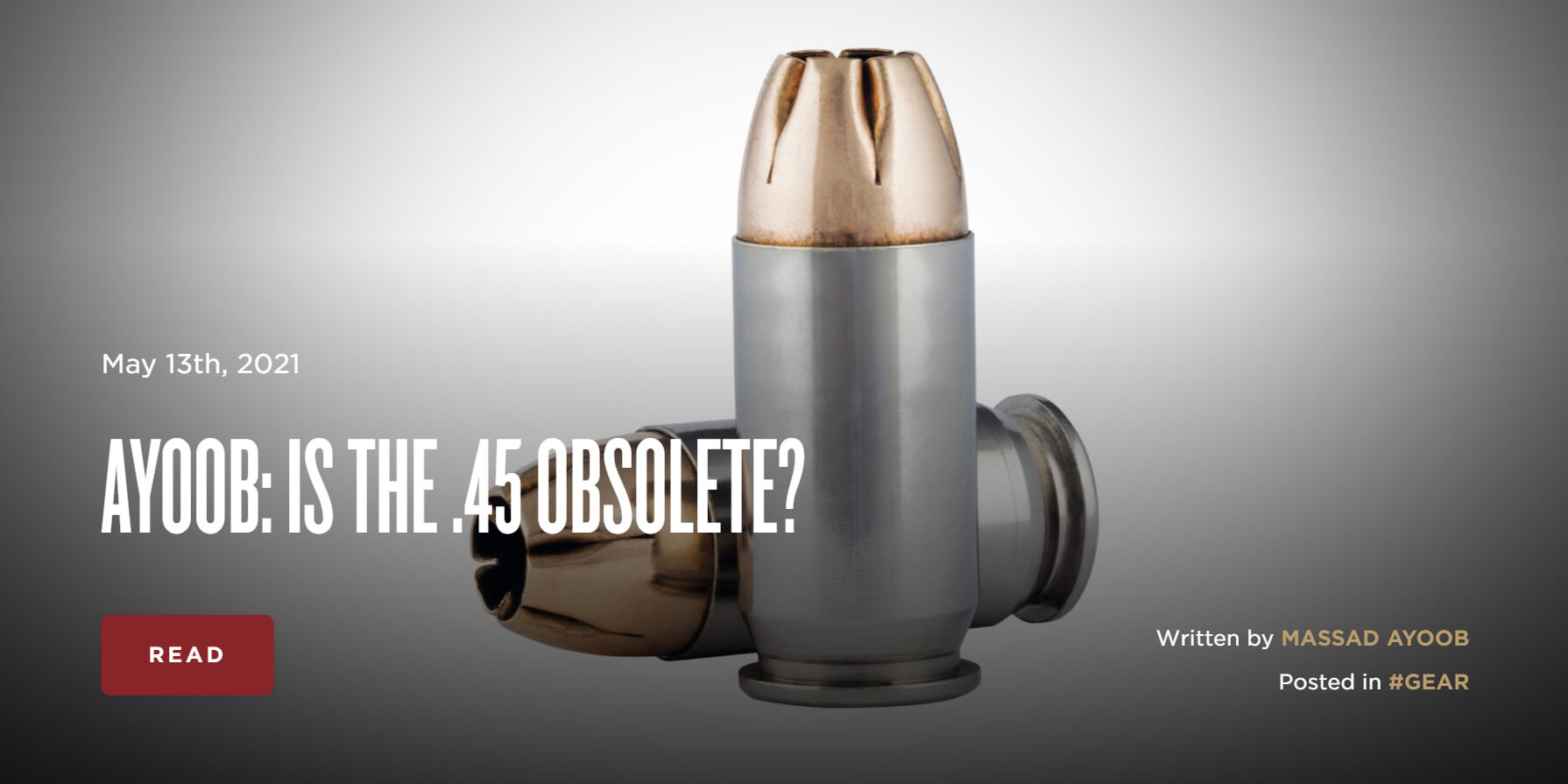HansGruber
SAINT
.357 mag won’t travel for a mile, either, assuming a level shot; it’ll hit the ground about 350-400 yards downrange, not a lot farther than the .45 will carry..45 acp is the BEST DEFENSE ROUND FOR CLOSE ATTACKS
, if u miss it won’t travel for a mile and go through two houses like a 357 mag
With a a good hollow point round , guaranteed to take the fight out of ant intruder


